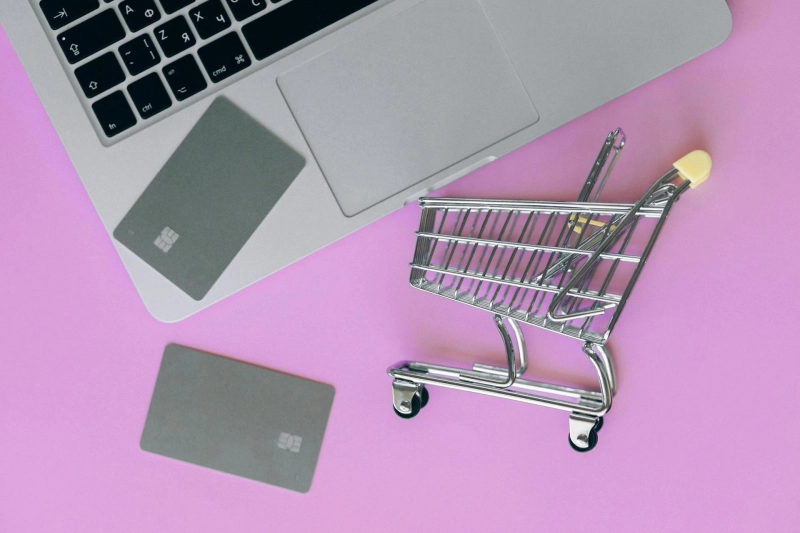
Virtual business cards have transformed the way creative professionals connect, allowing for unique expressions of personality, interactive elements, and seamless networking across platforms. In 2025, standing out digitally is just as important as making an impression in person. For designers, photographers, artists, writers, developers, and other creatives, these cards serve as a dynamic portfolio and brand statement in one. Below are the top virtual business card ideas, tools, and trends to help creative professionals make lasting connections.
1. Dynamic Video Business Cards
Video has become a powerful storytelling medium, and virtual business cards are harnessing its impact. Embedding a short video introduction or creative animation gives recipients a sense of your style, energy, and capabilities at a glance. Many platforms now support video cards, allowing you to:
- Share a quick self-introduction or portfolio highlights.
- Integrate timelapse videos of your creative process.
- Present testimonials or behind-the-scenes glimpses.
Video business cards are especially effective for freelancers, consultants, and content creators who want to break the ice and showcase skills before even meeting.
2. Portfolio-Driven Cards
For creative professionals, showing beats telling. Portfolio-driven virtual cards put your best work front and center. These digital cards allow you to:
- Add carousel galleries, high-res images, or project links.
- Embed case studies, client feedback, or highlight reels.
- Instantly update to reflect your most recent work, keeping contacts in the loop on your growth as a creator.
Portfolio-driven cards are ideal for designers, photographers, architects, and illustrators, ensuring potential clients or collaborators see your expertise as part of the first impression.
3. Brand-Centric and Colorful Designs
Branding is crucial for creative professionals. Top-rated digital business card platforms offer extensive customisation, letting you align the card’s design to your brand:
- Incorporate your logo, brand colors, and signature typography.
- Use unique shapes, patterns, or illustrations as background art.
- Choose bold, memorable color schemes or minimalist layouts-whatever represents your aesthetic.
Consistency across your virtual presence builds lasting brand recognition.
4. Social-First and Integrated Cards
For creatives who build communities on platforms like Instagram, Behance, or LinkedIn, social-first layouts put your digital presence at the forefront. These cards:
- Aggregate all key social and portfolio links in one place.
- Feature eye-catching social icons, headlines, or even live content feeds.
- Drive traffic to your content, increasing your reach and engagement.
Social-first cards are perfect for influencers, personal brand builders, and anyone whose online channels are central to their work.
5. QR Code Enhanced Cards
Creative networking goes beyond digital screens. Many leading virtual cards feature:
- QR Codes: Scan-and-go access to your card, portfolio, or even AR experiences.
This hybrid of physical and virtual raises your creative networking game, making sharing fun and memorable at events or meetings.
6. Interactive and Animated Elements
Modern virtual cards allow interactive details, such as:
- Animated backgrounds, icons, or transitions.
- Clickable project highlights, embedded booking forms, or calendar integrations.
- Custom sound effects or audio intros.
This interactivity makes your card memorable and encourages deeper engagement, especially in industries focused on UX, motion graphics, or multimedia.
7. Eco-Friendly and Updateable Profiles
Going virtual is inherently sustainable, but it also means:
- No printing costs or paper waste.
- Instantly updateable information-change your phone number, website, or portfolio without reprinting.
- Integration with analytics tools to track visits, downloads, and engagement-perfect for data-driven creatives.
8. Collaborative Network Features
Some virtual card platforms go beyond a single profile, enabling:
- Team or multi-profile cards, each linking to key collaborators.
- Shared creative showcases or studio portfolios.
- Simple access for group introductions or pitching project teams to clients.
9. Best Platforms for Creative Virtual Cards
Choosing the right platform matters. Top options for creative professionals in 2025 include:
Platform 1: Cardella
Unique Features: Customisable designs, Real-time updates, Eco-friendly networking
Best For: Entrepreneurs, Freelancers, Marketers, Designers, Agencies
Platform 2: Blinq
Unique Features: High design control, real-time updates, analytics
Best For: Designers, agencies
Platform 3: HiHello
Unique Features: Video intros, social integration, easy share options
Best For: Freelancers, creators
Platform 4: Popl
Unique Features: NFC, team cards, CRM integration
Best For: Teams, event pros
Platform 5: Canva
Unique Features: Custom templates, design flexibility
Best For: Visual artists, marketers
Platform 6: Linq
Unique Features: NFC, mobile wallet, data tracking
Best For: Entrepreneurs
10. Tips for Memorable Virtual Business Cards
- Keep It Concise: Focus on the essentials-name, specialty, and one or two top portfolio pieces.
- Show Personality: Let your unique creative energy shine through design, copy, and media.
- Highlight Action: Add a clear call-to-action such as “Book a consult,” “View my gallery,” or “Follow on Instagram.”
- Stay Current: Regularly update links, work samples, and social handles.


